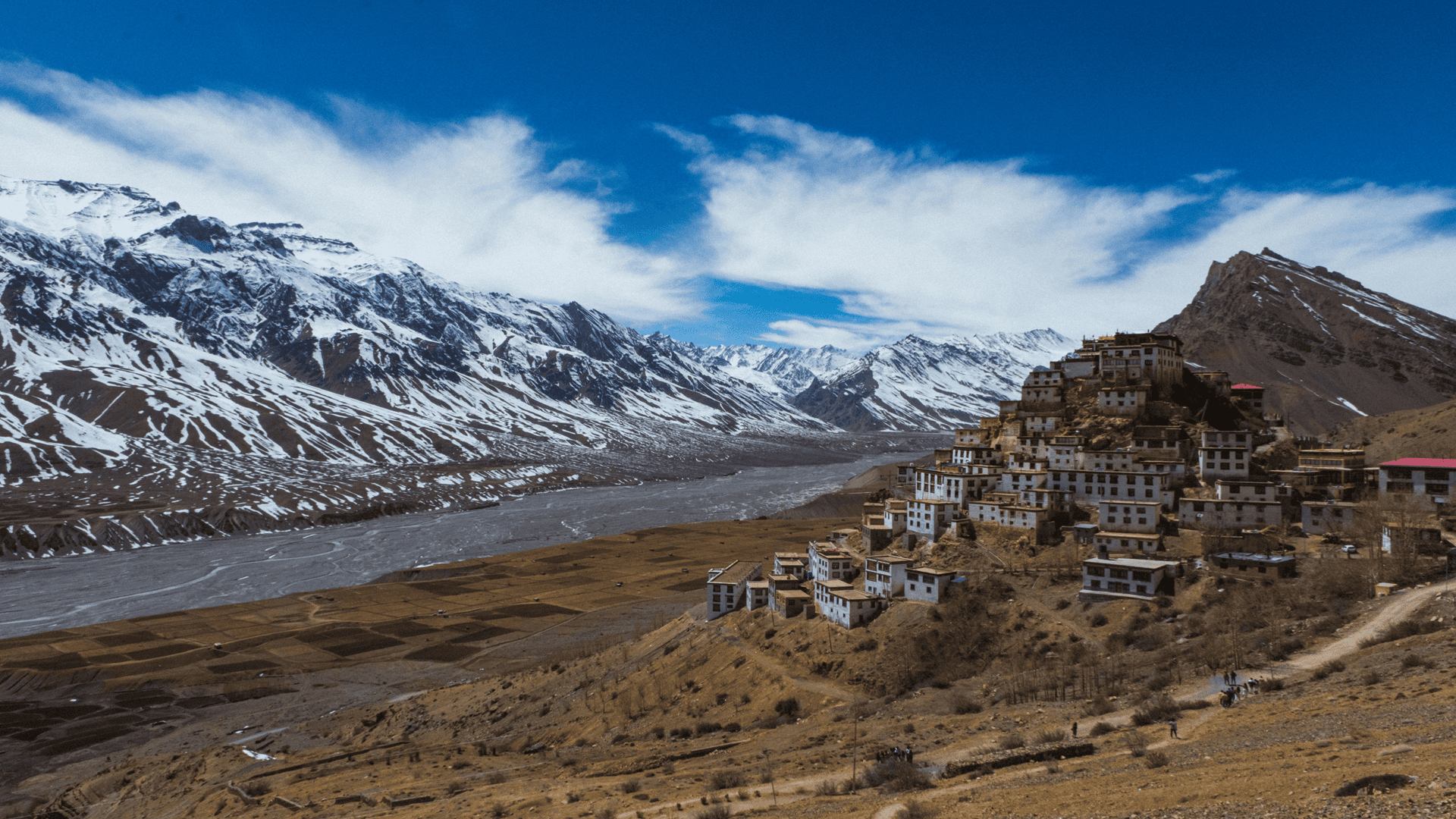How to Plan a Budget Spiti Valley Road Trip This Monsoon
Key Highlights
- Monsoon brings fewer crowds and lower prices
- Explore iconic monasteries like Key, Tabo, and Dhankar
- Taste authentic local foods and teas
- Biker and camper-friendly route tips
- Experience homestays, village life, and authentic Himalayan culture
- Learn about the area’s military connections from locals
- Book cheap defence-family flights at udchalo.com
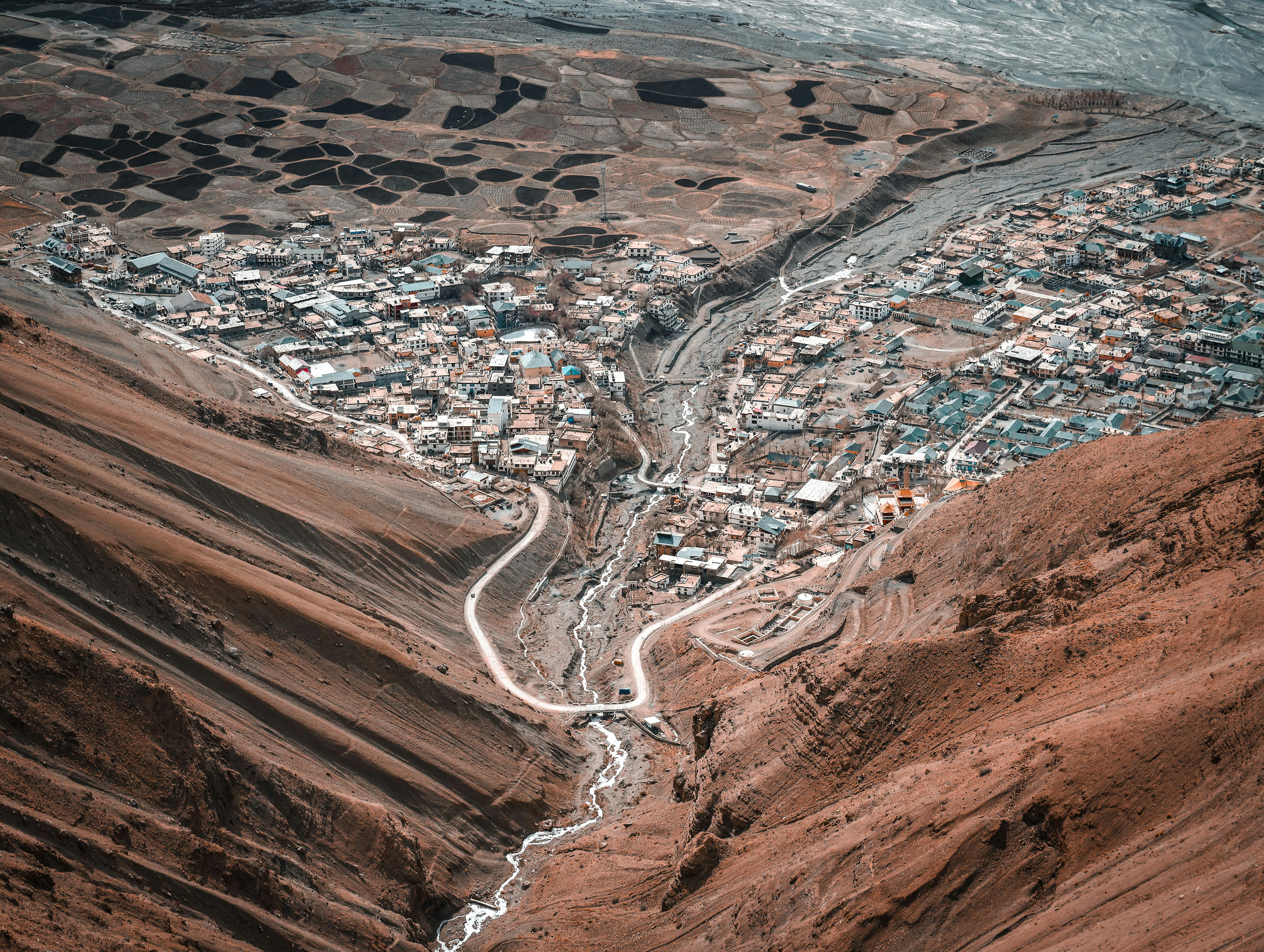
Why Spiti, Why Now?
Spiti Valley isn’t just a destination. It’s a feeling. A quiet thrill in the air. A raw Himalayan landscape untouched by time. Especially during the monsoon, when the valley glows green and the skies brood with drama. This is when the crowds thin, the prices drop, and Spiti feels like it's all yours.
But can you do it on a budget? Absolutely. Can you do it on two wheels or four? Yes, if you are ready for adventure.
Can you soak in culture, taste local food, explore villages, and camp by a glacial lake – all under ₹1,000 a day? With some planning, yes!
This blog will help you plan a budget Spiti Valley road trip that’s packed with culture, beauty, food, and meaning. From ancient monasteries and biker tips to village life and camping – we have got it all.
Oh, and if you are planning to fly into Kullu or Chandigarh to begin your trip, don't miss the exclusive defence-family discounts on flights at udchalo.com. It’s the smart way to save before your mountain adventure begins.
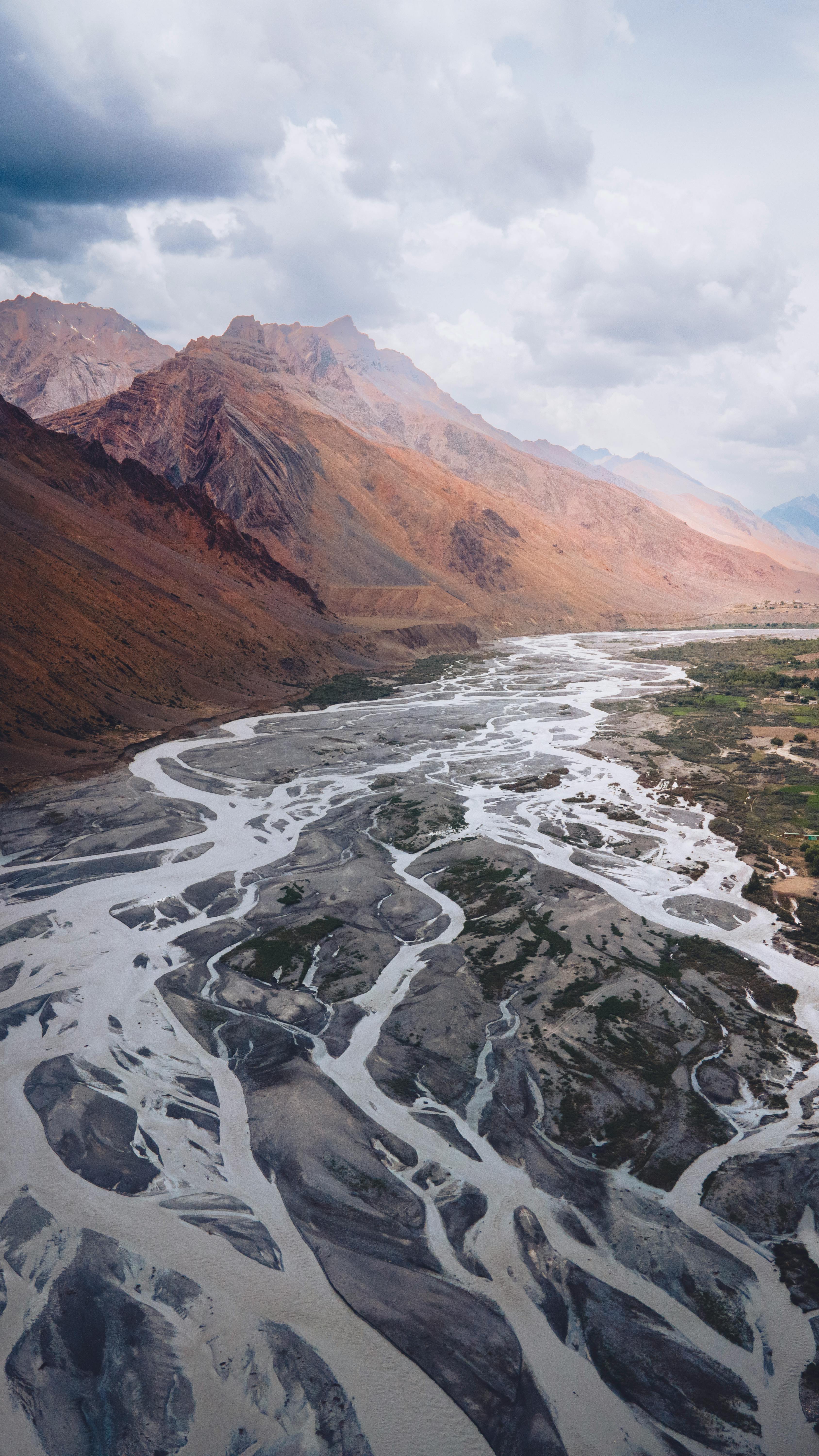
Suggested 7-Day Budget Road Trip Itinerary
Day 1: Shimla to Kalpa (via Reckong Peo)
- Distance: 220 km | Stay: ₹800–₹1,200
- Don’t miss: Kinnaur Kailash view, Buddhist temples, apple orchards
- Food tip: Local rajma-chawal and buckwheat roti
- Village vibe: Quiet, pine-scented, friendly folks
Day 2: Kalpa to Nako
- Distance: 100 km | Stay: Tent by Nako Lake (~₹1,000)
- See: Nako Monastery, lake, mud homes
- Eat: Spicy thukpa and fried momos
- Experience: Evening chants echoing through stone alleys
Day 3: Nako to Tabo
- Distance: 65 km | Stay: Monastery guesthouse
- Highlight: Tabo Monastery – over 1,000 years old
- Eat: Butter tea and barley porridge
- Culture: Ask monks about the ancient murals. They love sharing.
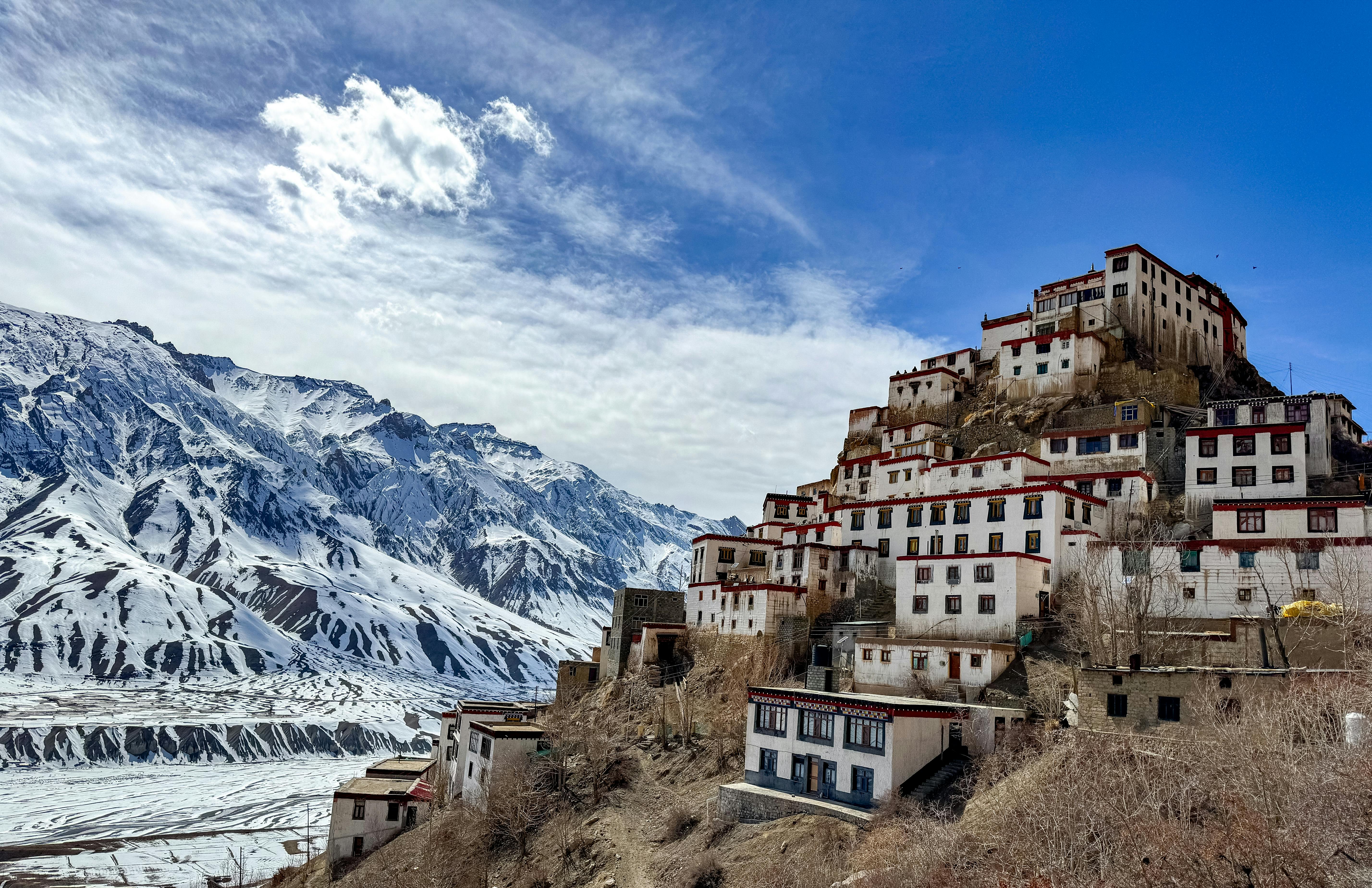
Day 4: Tabo to Kaza (via Dhankar)
- Stop at: Dhankar Gompa, an ancient and cliff-hugging
- Stay: Kaza hostels – ₹500–₹800
- Food: Dal bhat, tingmo, and honey lemon tea
- Tip: Trek to Dhankar Lake for a stunning view. Free but tiring!
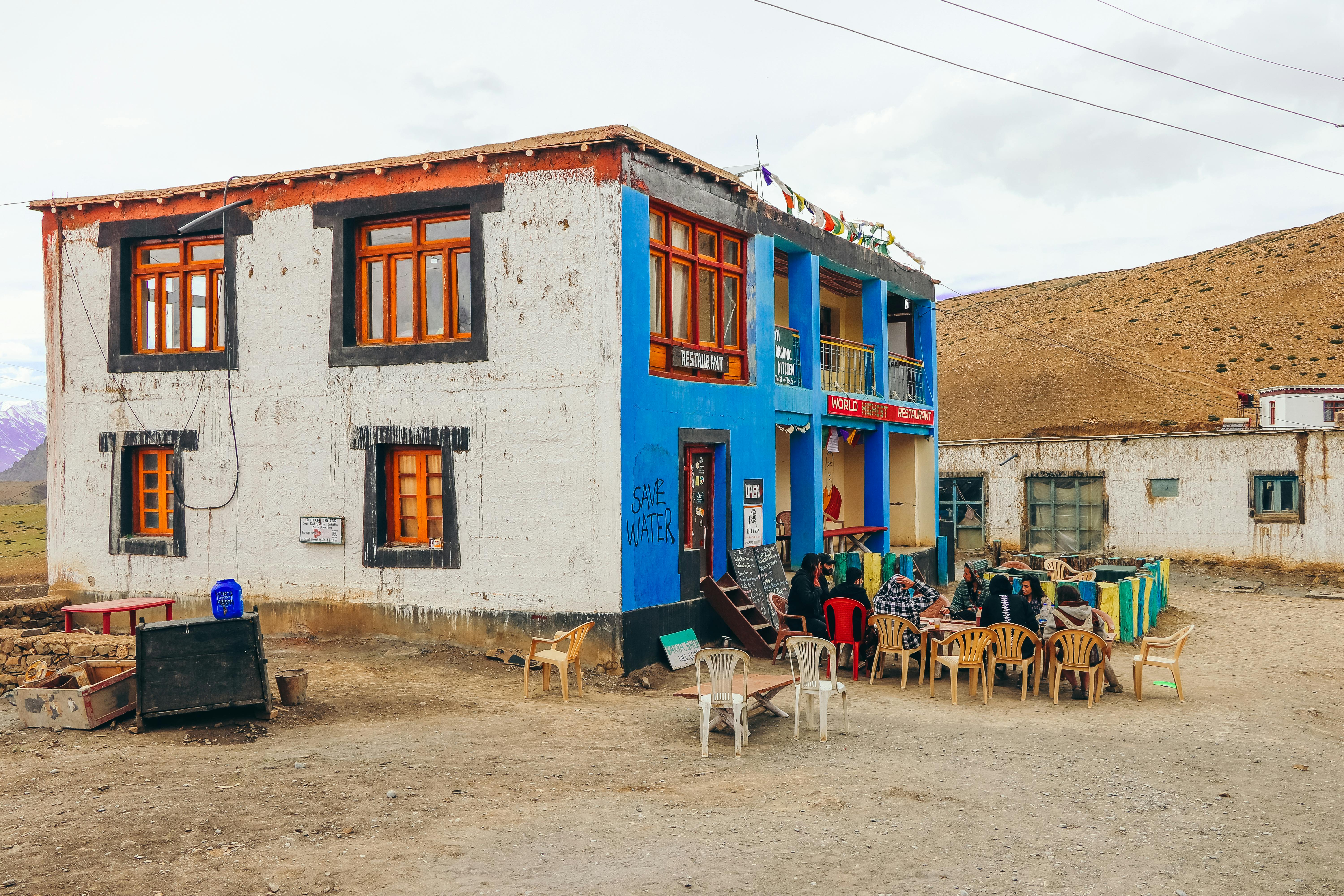
Day 5: Explore Kaza to Langza Loop (via Key, Kibber, Hikkim, Komic)
- See:
- Key Monastery: Stunning at sunrise
- Hikkim: The Highest post office in the world
- Langza: Fossil village, Buddha statue
- Stay: Langza homestay – warm, kind hosts
- Food: Local stew, Tibetan bread
- Try: Mailing a postcard from Hikkim!
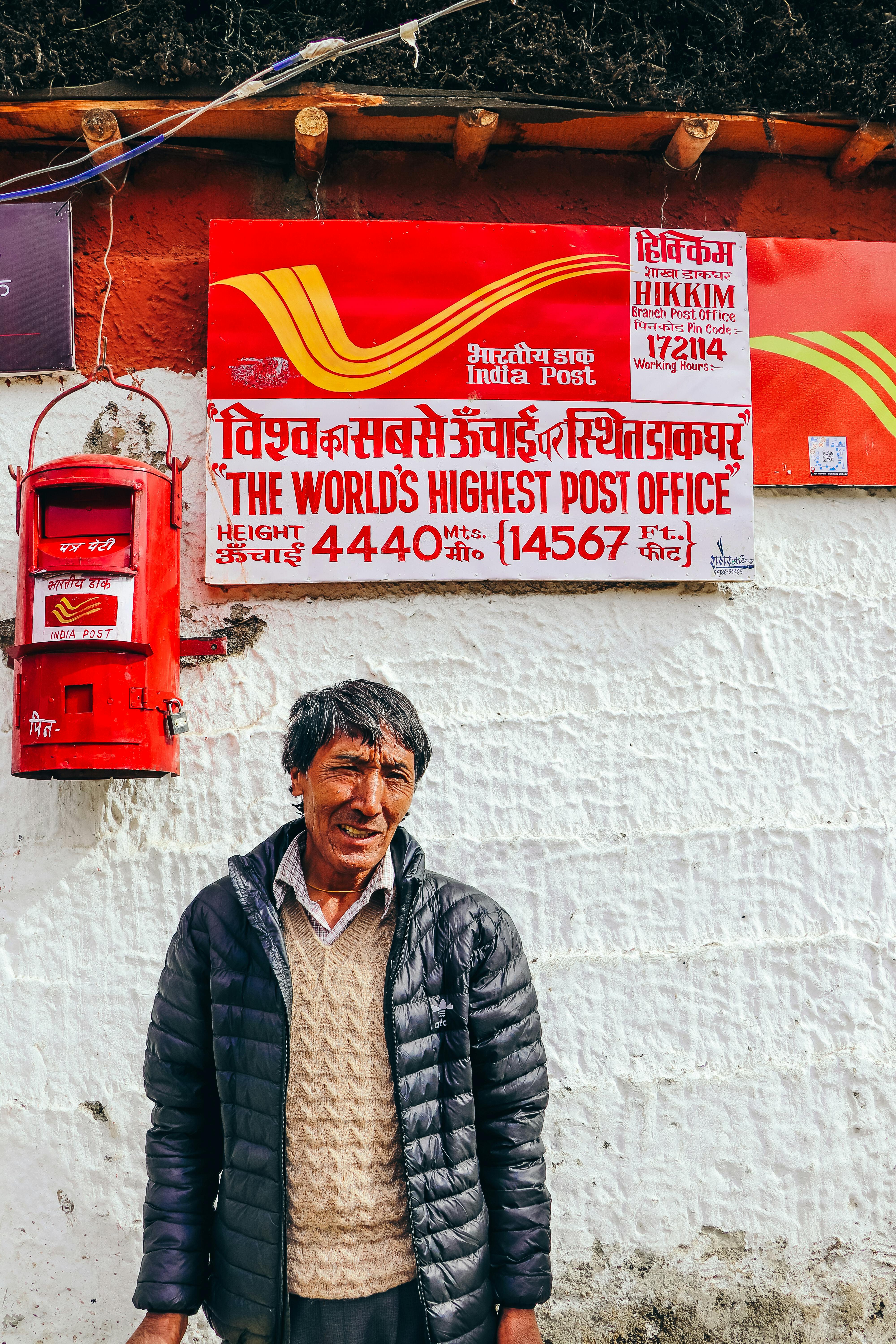
Day 6: Kaza to Chandratal Lake (weather permitting)
- Stay: Camp by the lake – ₹1,200–₹1,500 with meals
- View: Turquoise lake with snow peaks
- Tip: Book in advance. Roads may close in the rain.
- Experience: Stars like you’ve never seen before
Day 7: Return via Manali
- Distance: 120 km via Kunzum + Rohtang
- Stay: Manali hostel (~₹800)
- Tip: Plan buffer days in case of roadblocks
- Fly back: From Kullu or Chandigarh – use udchalo.com for budget flight options if you are from a defence background
Tips for Bikers and Road Trippers
- Check tyres and brakes daily
- Carry spare fuel – limited pumps
- Keep a rain cover, chain oil, and a puncture kit
- Drive slowly near landslide zones
Camping & Backpacking Tips
- Carry a light tent & sleeping bag (optional)
- Book Chandratal camps early
- Dry snacks help in remote areas
- Torch, wet wipes, power bank = essentials
Experience Village & Local Life
- Stay in homestays – learn from your hosts
- Join them in their fields or cooking
- Listen to stories of winters & yaks
- Ask about their connection to Buddhism & nature
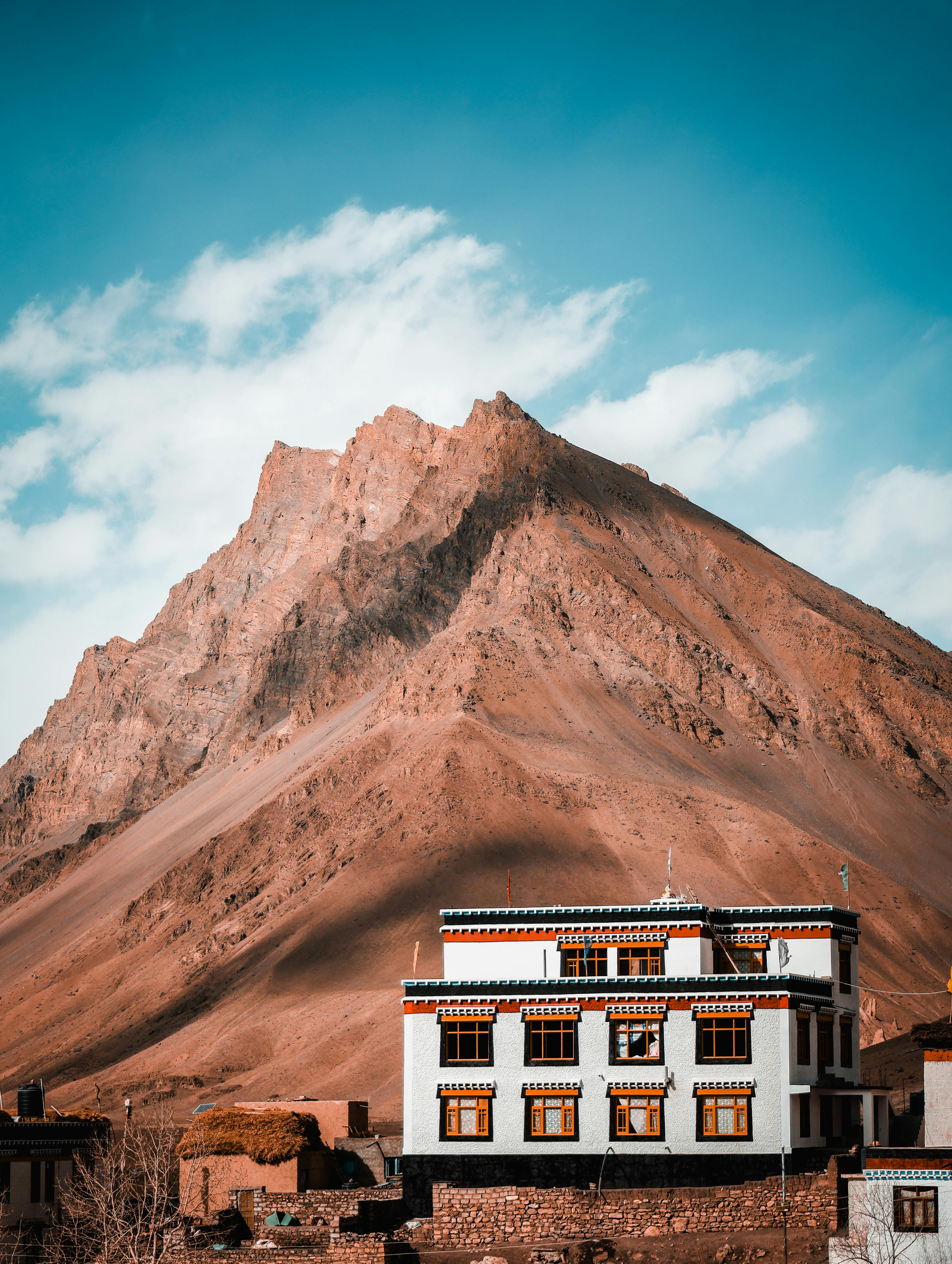
Monasteries Not to Miss
- Tabo Monastery: Over 1,000 years old, known as the "Ajanta of the Himalayas"
- Key Monastery: Spiti's most iconic – stunning photo ops
- Dhankar Monastery: Poised on a cliff, it’s dramatic and serene
- Komic Monastery: Among the highest monasteries in the world
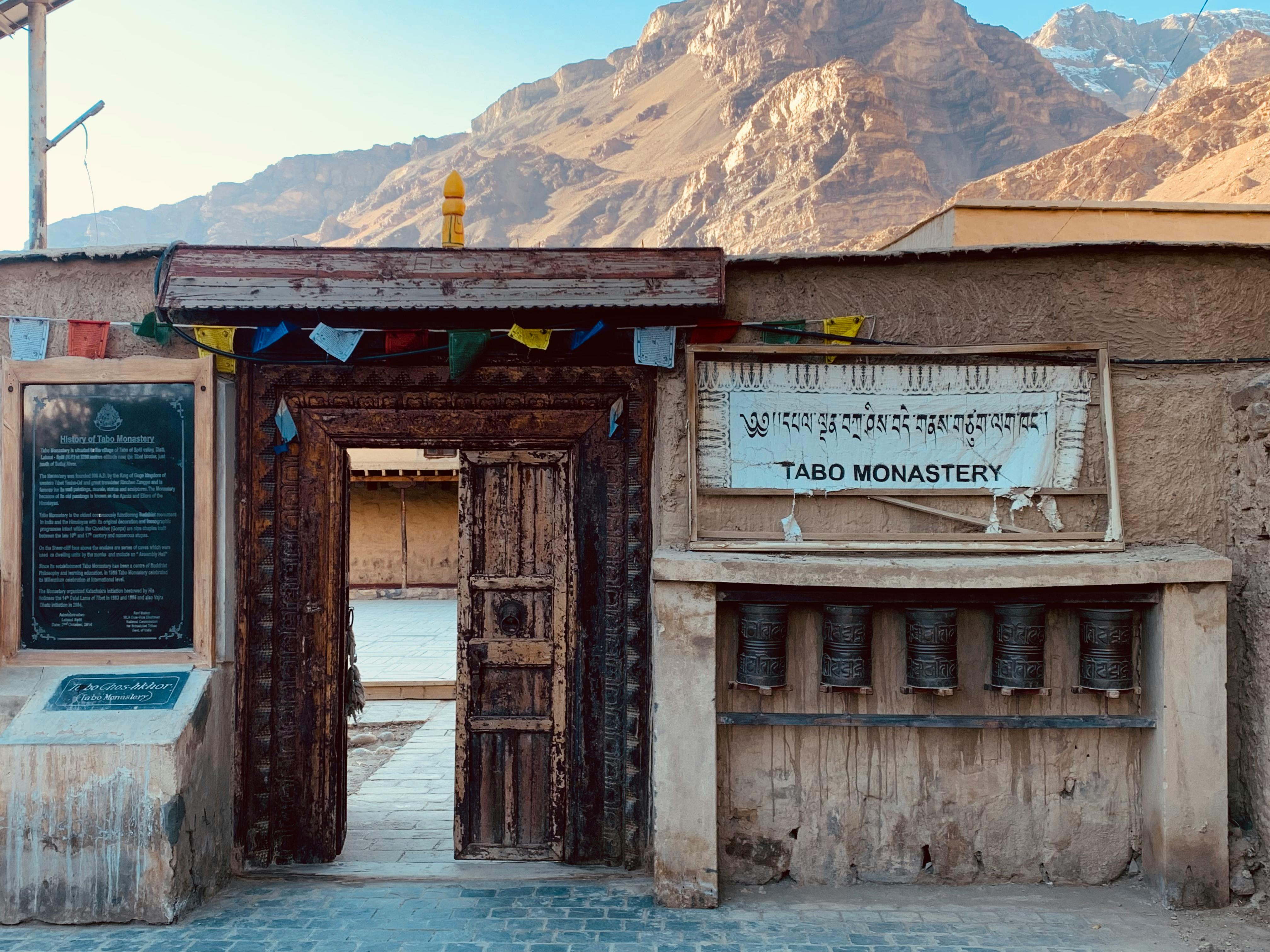
Military History of Spiti Valley
Spiti’s quiet valleys hold tales of resilience. While it wasn’t a direct battlefront, Spiti shares deep military roots due to its proximity to the Indo-Tibetan border. During the 1962 war, roads to Spiti were upgraded to facilitate troop movement. Some military camps and bunkers still exist along the route to Kunzum Pass. Even today, you will spot jawans posted at high-altitude checkposts, ensuring the safety of travellers. Locals speak with pride about how they offered food and shelter to soldiers in the past.
Must-Try Foods by Destination
Location | Must-Try Food | Budget Tip |
|---|---|---|
Kalpa | Rajma-chawal, Siddu | Local dhabas offer fresh, cheap meals |
Nako | Thukpa, tea with salt | Shared kitchen stays save costs |
Tabo | Tingmo, barley porridge | Eat at monastery cafes |
Kaza | Momo, yak cheese | Ask hostel for local food nights |
Langza | Home-cooked stew | Eat what your host cooks – it’s hearty & hot |
Chandratal | Simple hot meals | Pack trail snacks just in case |
Book Smart: Flights for Defence Families
Need to fly into Himachal? Check out udchalo.com. They offer exclusive discounts on flight bookings for serving personnel, veterans, and their families. A great way to cut costs before the trip even begins.
The Road to Spiti Is More Than Just a Trip
A road trip to Spiti Valley during the monsoon is more than ticking places off a list. It’s about slowing down and watching clouds wrap around monasteries, swapping stories with villagers over butter tea, and getting drenched one moment and dazzled by sunlight the next.
It’s a chance to reconnect with nature, with people, and with yourself. And the best part? You don’t have to break the bank to experience it all.
Plan smart. Travel light. Stay local. And if you are flying in from another city, start your journey the right way—by booking affordable flights through udchalo.com. With exclusive defence fares for service members, veterans, and their families, it’s a simple way to cut down costs and travel with peace of mind.
So, this monsoon, choose the quieter road. Let Spiti surprise you.
FAQs
1. What is the best time to visit Spiti Valley?
The monsoon (June to August) is beautiful but risky. Post-monsoon (September) is safer. If you plan well, the green monsoon charm is unforgettable.
2. Can I plan a Spiti road trip on a budget?
Yes! Homestays, public transport, and local food keep costs low—many complete the trip under ₹10,000 for 7 days.
3. Are the roads to Spiti open during monsoon?
Yes, but expect occasional blockages. Check BRO updates daily. Always keep a buffer day in your plan.
4. Do I need permits for Spiti Valley?
Indians usually don’t. But if you are heading near the China border (e.g., Shipki La), you may need an inner line permit.
5. Is it safe to camp in Spiti Valley during the rains?
Yes, in designated campsites like Chandratal. Wild camping can be risky due to weather and isolation.
6. How much does a 7-day Spiti Valley road trip cost?
If you stay in homestays, eat local food, and travel smart, a 7-day Spiti Valley trip on a budget can cost as low as ₹8,000 to ₹12,000, excluding fuel or flight. Costs rise if you opt for private taxis or luxury stays.
7. Which are the best monasteries to visit in Spiti?
The most popular monasteries in Spiti include Key Monastery, Tabo Monastery, Dhankar Monastery, and Komic Monastery. Each offers something different – from ancient murals to hilltop views.
8. What are the must-visit places in Spiti Valley during monsoon?
Don't miss Chandratal Lake, the Langza fossil village, the Hikkim post office, the Kaza market, the Tabo caves, and the Nako Lake. These places offer unique views during the monsoon season, shrouded in mist.
9. Is Spiti Valley safe for solo travellers or women?
Yes, Spiti is considered safe for solo and female travellers. The locals are warm and helpful. Just avoid venturing out late and always inform your homestay of your plans.
10. How to book budget flights for a Spiti trip from other cities?
You can fly to Kullu or Chandigarh from major cities like Delhi, Pune, Mumbai, or Bangalore. If you're a defence personnel or family, use udchalo.com to book flights at discounted prices.
Related Articles
 Travel
Travel
 Travel
Travel
 Travel
Travel
